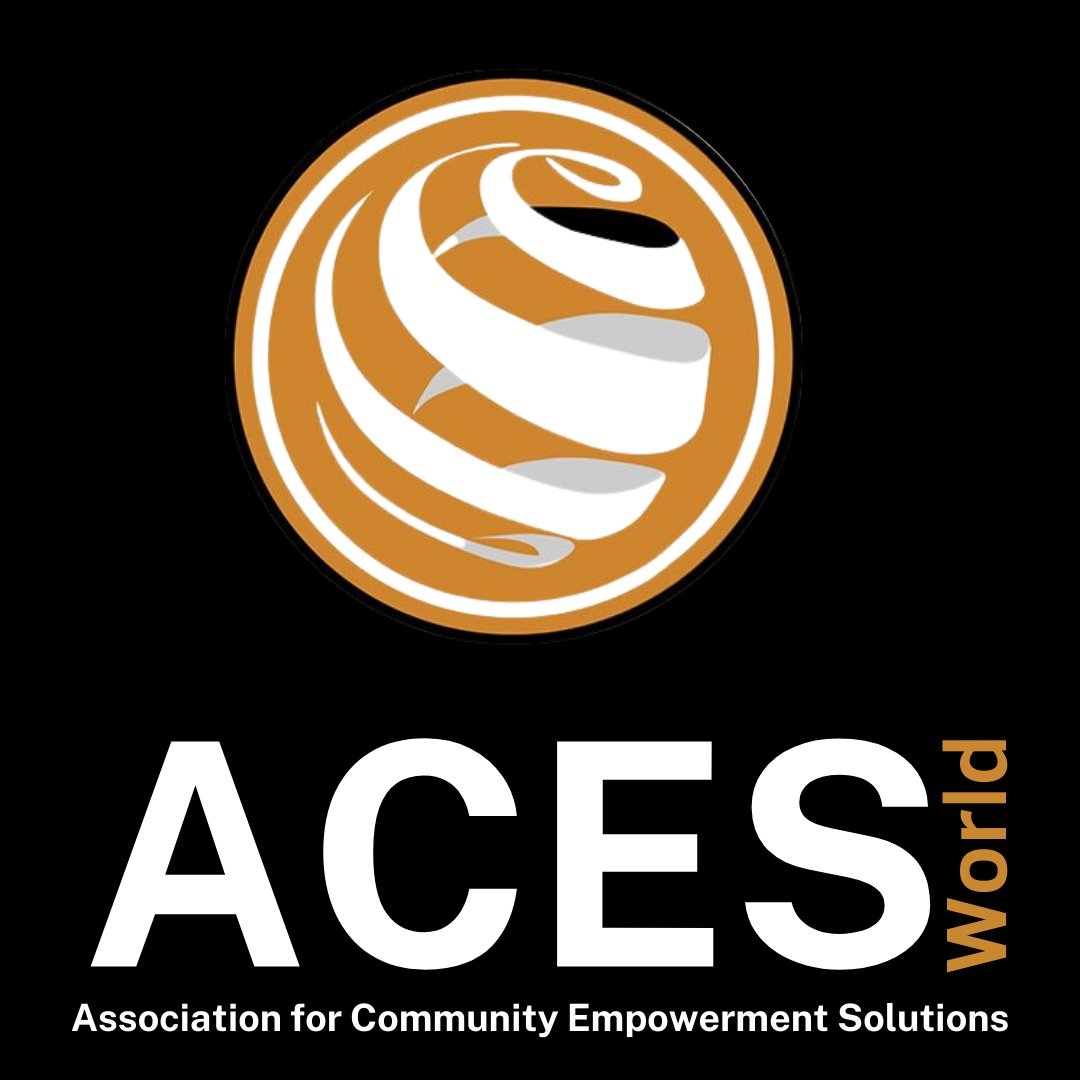Addressing Educational Disparities in the US: A Path to Achieving Sustainable Development Goal 4
Education is often celebrated as a pathway to success regardless of background. Yet, in the United States, access to quality education remains deeply unequal, particularly along racial and socioeconomic lines. Sustainable Development Goal 4 calls attention to this issue, emphasizing the need to ensure inclusive, equitable education for all (Goal 4 | Department of Economic and Social Affairs, n.d.). Education is not merely about acquiring knowledge; it empowers individuals, drives economic growth, and fosters social development (Grand Canyon University, 2023). Despite its potential, progress towards equitable education in the US has been slow, exacerbated by the COVID-19 pandemic, which has further widened existing disparities (United Nations, 2023). Communities of color and low-income communities are disproportionately affected by these inequalities, facing disparities in resources, student-teacher ratios, and extracurricular opportunities (García & Weiss, 2017; Smedley, 2001; Simon, 2024; United Negro College Fund, 2020). Action is urgently needed to address these challenges and fulfill the promise of quality education.
In the complex education landscape across the United States, Massachusetts shines as a beacon of achievement, standing alone as the only state to have realized SDG 4 (United States Sustainable Development Report 2021, n.d.). However, recent data hints at a concerning decline in their progress. This accomplishment in Massachusetts is attributed to robust education policies, substantial investments in the education sector, and a population with a high proportion of college-educated individuals, fostering a culture that values learning (Massachusetts Department of Elementary and Secondary Education, n.d.). Despite this, most states need help to meet SDG 4 targets. Fifteen states are encountering significant hurdles, while the remaining have challenges. Additionally, a mere four states are stagnating, with the rest witnessing a decline similar to Massachusetts (United States Sustainable Development Report 2021, n.d.). These trends underscore the urgent and ongoing need for nationwide efforts to address educational disparities and enhance access to quality education for all Americans.
In the quest for equitable education, the United States is grappling with ensuring quality education for all, regardless of background. Initiatives like the "Fair Funding Coalition" campaign have emerged as a beacon of hope, aiming to rectify disparities in school funding that disproportionately affect low-income communities (Action Network, n.d.). These efforts are part of a broader push to address systemic issues and provide a level playing field for all students. However, challenges such as teacher shortages and underfunding of schools in marginalized areas persist, highlighting the need for sustained commitment to reform (Lynch, 2023; Perera, 2023). As states navigate the complexities of K-12 education policy, the need for innovative solutions and more significant investment in early education programs remains paramount (Early Childhood Education Initiative, 2023). Addressing these challenges requires a collaborative approach, with policymakers, educators, and communities working together to build a brighter future for all students.
There have been notable advancements in reducing educational disparities and improving education outcomes in the United States. This involves strengthening early childhood education programs, improving teacher training and support, and increasing access to higher education for underrepresented groups (Carrillo, 2023; NAEP Reading: National Achievement-Level Results, n.d.). Organizations like Teach for America have improved teacher training and support in underserved communities (Teach for America, n.d.). At the individual level, educators like Dr. Gloria Ladson-Billings, a renowned educator and researcher, have made a difference by implementing innovative teaching strategies and advocating for resources in low-income communities (Will, 2022). These efforts and a focus on strengthening early childhood education programs and increasing access to higher education are crucial for achieving Sustainable Development Goal 4 and ensuring quality learning opportunities for all, regardless of background.
In conclusion, achieving Sustainable Development Goal 4 (SDG 4) in the United States demands a collective commitment to tackling systemic educational inequalities (Goal 4 | Department of Economic and Social Affairs, n.d.). By guaranteeing access to quality learning opportunities for all, the U.S. can empower its citizens, drive economic growth, and cultivate a more equitable society.
Join ACESWorld and stay updated about SDG 4 through our social media channels: Instagram, Facebook, Twitter, and LinkedIn.
References:
Action Network. (n.d.). Maryland Fair Funding Coalition. https://actionnetwork.org/campaigns/maryland-fair-funding-coalition
Carrillo, S. (2023, June 21). U.S. reading and math scores drop to lowest level in decades. NPR. https://www.npr.org/2023/06/21/1183445544/u-s-reading-and-math-scores-drop-to-lowest-level-in-decades
Early Childhood Education Initiative. (2023, December 14). Teach for America. https://www.teachforamerica.org/stories/early-childhood-education-initiative
García, E., & Weiss. (2017, September 27). Education inequalities at the school starting gate: Gaps, trends, and strategies to address them. Economic Policy Institute. https://www.epi.org/publication/education-inequalities-at-the-school-starting-gate/
Goal 4 | Department of Economic and Social Affairs. (n.d.). https://sdgs.un.org/goals/goal4#progress_and_info
Grand Canyon University. (2023, April 17). Why Education Is Important for Everyone. GCU. https://www.gcu.edu/blog/teaching-school-administration/why-education-important
Lynch, M. (2023, June 22). What New Education Laws Have Been Implemented in the U.S. in 2023 - The Edvocate. The Edvocate. https://www.theedadvocate.org/what-new-education-laws-have-been-implemented-in-the-u-s-in-2023/
Massachusetts Department of Elementary and Secondary Education. (n.d.). State Regulations - Education Laws and Regulations. https://www.doe.mass.edu/lawsregs/stateregs.html
NAEP Reading: National Achievement-Level Results. (n.d.). https://www.nationsreportcard.gov/reading/nation/achievement/?grade=8
Perera, R. M. (2023, April 6). State of the States: Governors and PK-12 education policy | Brookings. Brookings. https://www.brookings.edu/articles/state-of-the-states-governors-and-pk-12-education-policy/
Simon, C. (2024, January 11). How COVID taught America about inequity in education. Harvard Gazette. https://news.harvard.edu/gazette/story/2021/07/how-covid-taught-america-about-inequity-in-education/
Smedley, B. D. (2001). Inequality in Teaching and Schooling: How Opportunity Is Rationed to Students of Color in America. The Right Thing to Do, the Smart Thing to Do - NCBI Bookshelf. https://www.ncbi.nlm.nih.gov/books/NBK223640/
Teach for America. (n.d.). Teach for America. https://www.teachforamerica.org/what-we-do/our-work
United Nations. (2023, October 19). Education - United Nations Sustainable Development. United Nations Sustainable Development. https://www.un.org/sustainabledevelopment/education/
United Negro College Fund. (2020, March 20). K-12 Disparity Facts and Statistics - UNCF. UNCF. https://uncf.org/pages/k-12-disparity-facts-and-stats
United States Sustainable Development Report 2021. (n.d.). https://us-states.sdgindex.org/map/indicators/reading-achievement
Will, M. (2022, May 10). What Should Culturally Relevant Teaching Look Like Today? Gloria Ladson-Billings Explains. Education Week. https://www.edweek.org/leadership/what-should-culturally-relevant-teaching-look-like-today-gloria-ladson-billings-explains/2022/04
